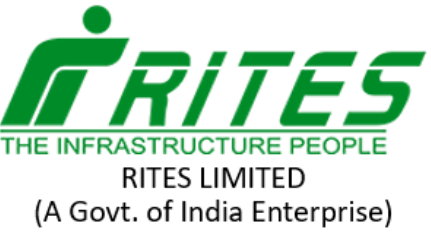


Dynamic Hyperlocal Source Apportionment (DHSA)
The proposed project seeks to establish a novel technique called Dynamic Hyper-local Source Apportionment (DHSA) for real-time and low-cost SA. DHSA uses data from portable air quality sensors such as gas sensors, meteorological sensors and PM sensors and employs machine-learning techniques to convert portable air quality sensor data into SA information. Portable air quality sensors cost orders of magnitude less than RTSA equipment, and therefore hundreds of DHSA stations could be established at various locations in a city at the cost of a single RTSA monitoring station. This would allow hyper-local SA data to be obtained from several locations instead of RTSA data from a single location. The widespread availability of DHSA data from multiple locations in a city would therefore significantly increase the use of SA data in targeted policymaking. Thus, the project aims to 1. Establish DHSA as a radically altered, low-cost paradigm for accurate SA and 2. Promote DHSA as an input source to policymaking processes.
DHSA studies are initiated at Lucknow, along with downscale studies being carried out at Kanpur.
Activities under this project
1. Portable air quality sensors and RTSA Deployment: establish a network of monitoring sites in Bengaluru, India equipped with well-calibrated portable air quality sensors (PM and gas) and meteorological (RH and temperature) sensors as well as deploy a mobile laboratory equipped with RTSA equipment.
2. DHSA Training and characterization: conduct a large-scale and extended calibration exercise of DHSA systems against the mobile RTSA system to train and evaluate machine learning models and ascertain their tolerances and robustness
3. Outreach and dissemination: Conduct workshops and training courses to promote the uptake of the DHSA technique across other cities of India.


Seventy-one PM2.5 sensor network spread-out all-over Lucknow city- 50 sensors are placed within city boundaries and 21 sensors are placed outside city boundaries
Regions Covered- Residential, Traffic, Industrial, Commercial, CAAQMS monitoring Stations and Rural Sites

